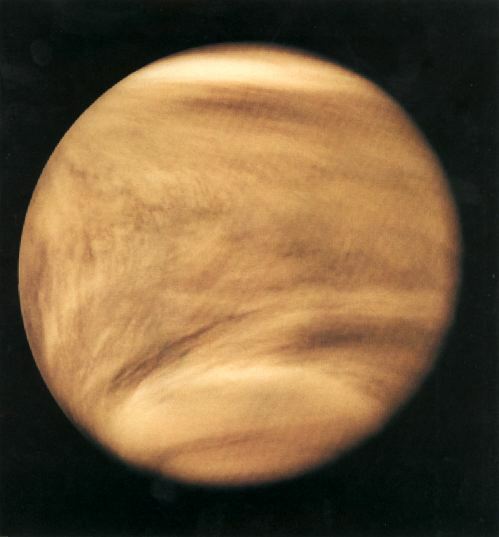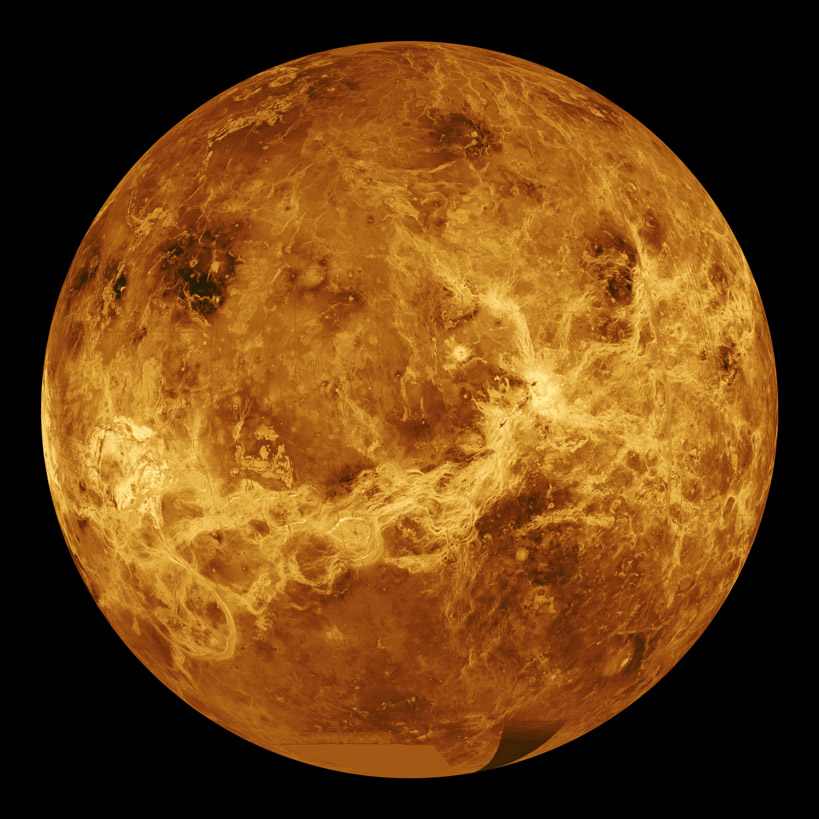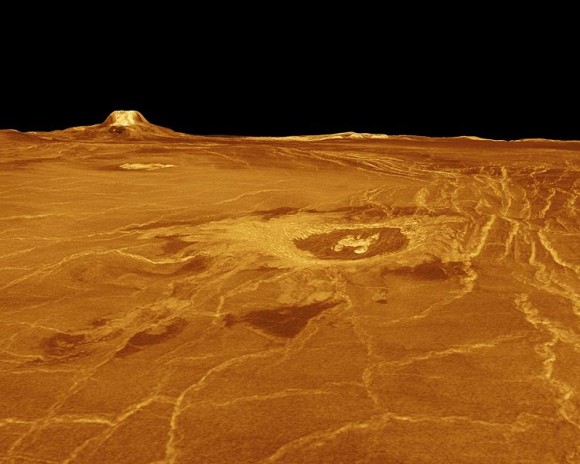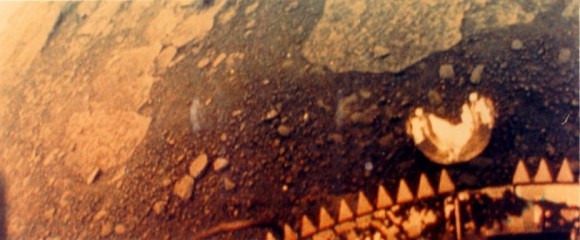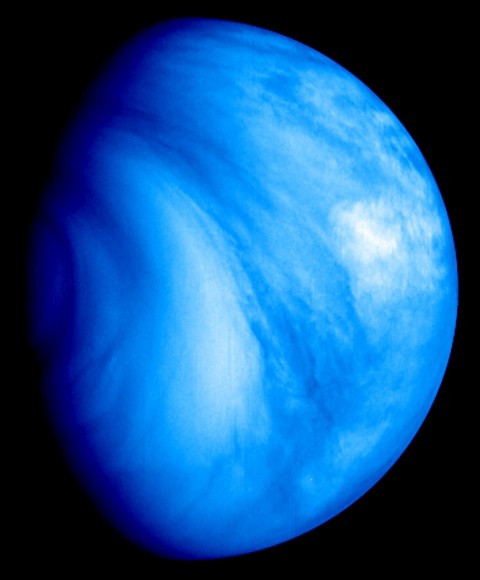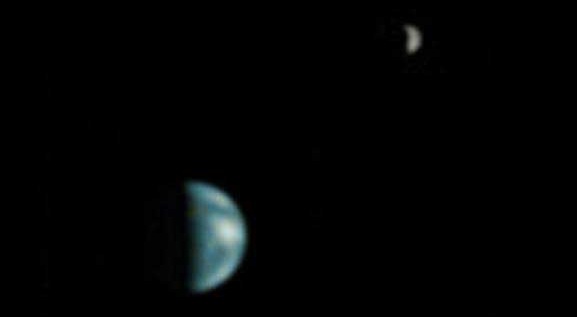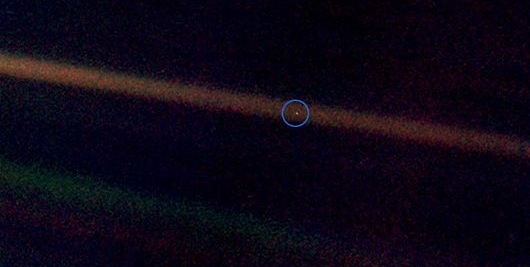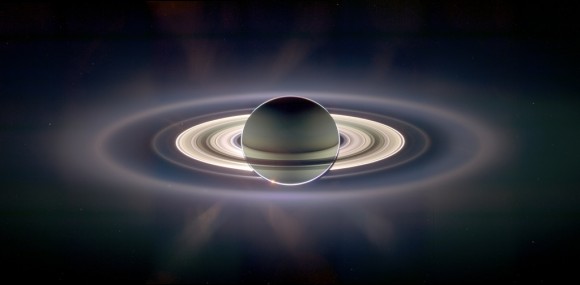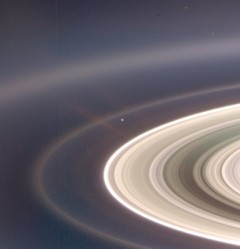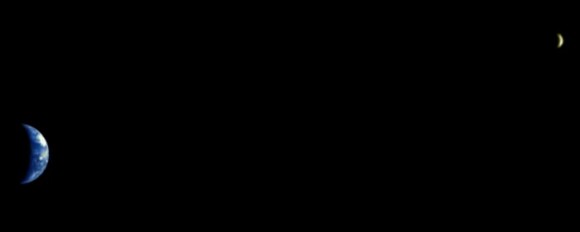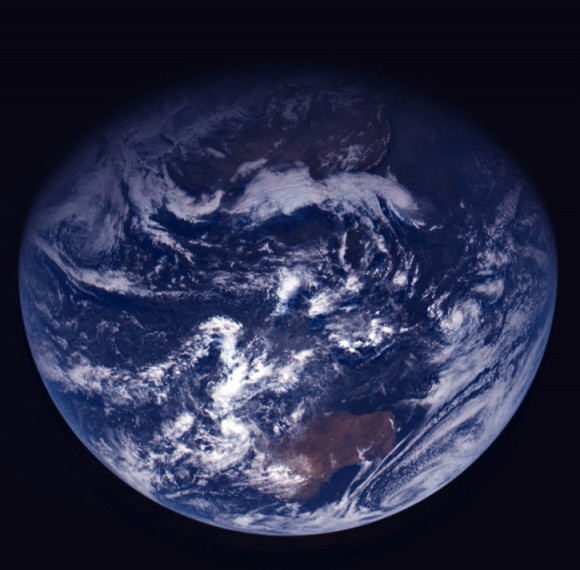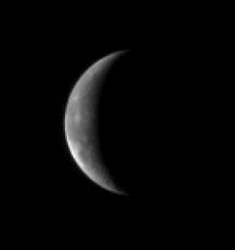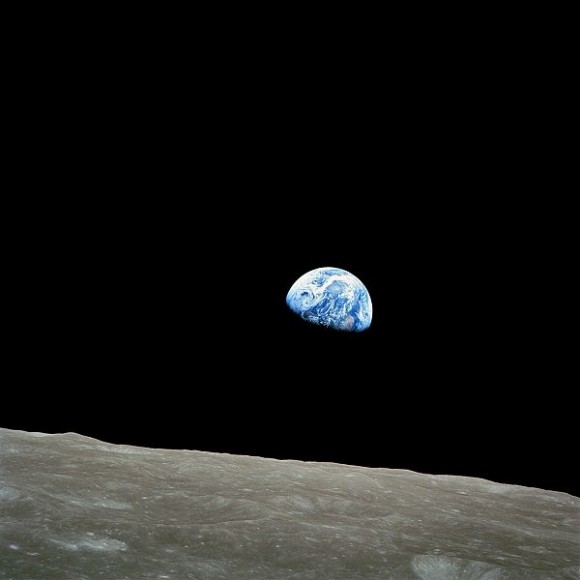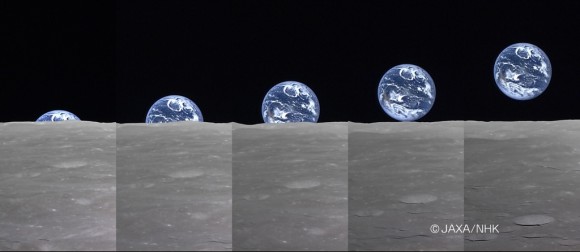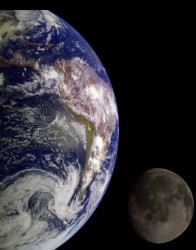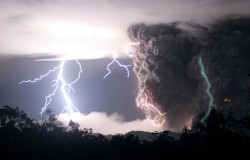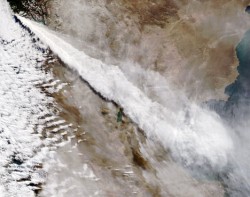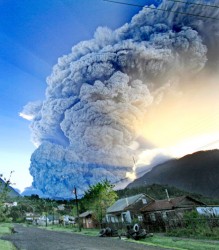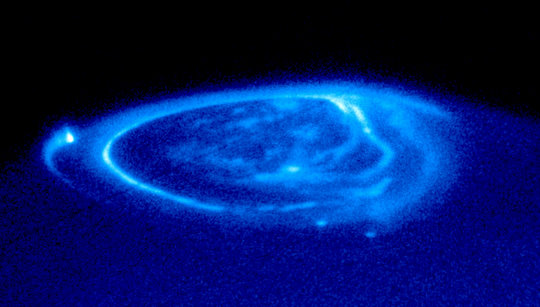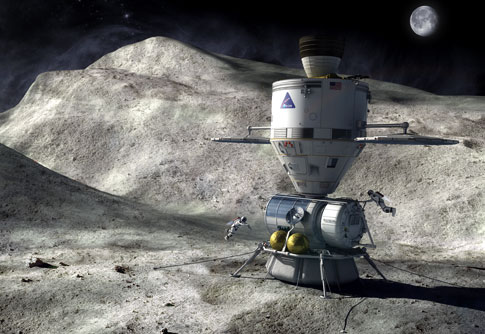Earth and Venus share many physical characteristics. Atmosphere is not one of them. The atmosphere of Venus is so harsh that it is the main reason that no one has ever been able to make optical observations of anything other than the planet’s upper atmosphere.
Visualization of the planet is made impossible be the high amounts of sulfuric acid in the atmosphere. Clouds in the upper atmosphere are full of sulfuric acid droplets. Sulfur is highly reflective of visible light, thus preventing observation much deeper than the upper limits of the clouds themselves.
The next challenge that the atmosphere of Venus presents is its composition. It is made up of 96% carbon dioxide. Oxygen can not be detected even as a trace element. At the surface the atmospheric pressure is 92 times that of Earth. If you were able to find a way to survive the intense pressure and had enough oxygen, you would be standing on a surface that is hot enough to melt lead. The temperature across Venus, from pole to pole, is a steady 462°C as a result of the atmosphere’s greenhouse qualities. In the hottest parts of the hottest deserts here on Earth, the temperatures never top 50°C.
The sweltering surface of the planet is covered by volcanoes, impact craters, and old lava flows. There are 1,000 volcanic craters and crater remnants that are over 20 km in diameter. The surface has never been impacted by a small meteorite. The atmosphere burns up anything small. It could take an asteroid in excess of 50 km to survive long enough to hit the surface and then it would have lost close to half of its mass in the atmosphere. The entire planet was resurfaced by volcanic flows between 300 and 500 million years ago.
Several spacecraft have entered the atmosphere of Venus. The first successful probe was the Soviet mission Venera 3, but its instruments failed before entry. Venera 4successfully deployed a number of science experiments. They showed a surface temperature of almost 500°C and an atmosphere that was 90 to 95% carbon dioxide. The atmosphere was much denser than anticipated and its slower descent caused its batteries to run down before reaching the surface. NASA’s Mariner 5 reached the planet one day after Venera 4, but only flew by. The data from the two missions were compared and were an early step in international space exploration cooperation. The Soviet space agency also launched Venera’s 5 and 6. They returned a great deal of information, but were crushed by atmospheric pressure within 20 km of the surface.
There have been over a dozen missions to study the surface and atmosphere of Venus since the Venera program. Currently, the Venus Express mission is in orbit. Bepicolumbo and the Venus in-Situ Explorer are planned. Each mission returns new data, it is hard to imagine what mysteries may be unraveled with a surface explorer.
We have written many articles about Venus for Universe Today. Here are some interesting facts about Venus, and here are some pictures of planet Venus.
If you’d like more information on Venus, check out Hubblesite’s News Releases about Venus, and here’s a link to NASA’s Solar System Exploration Guide on Venus.
We’ve also recorded an entire episode of Astronomy Cast all about Venus. Listen here, Episode 50: Venus.
References:
http://www.nasa.gov/audience/forstudents/5-8/features/F_The_Planet_Venus_5-8.html
http://nssdc.gsfc.nasa.gov/planetary/factsheet/venusfact.html
http://solarsystem.nasa.gov/planets/profile.cfm?Object=Venus&Display=OverviewLong


